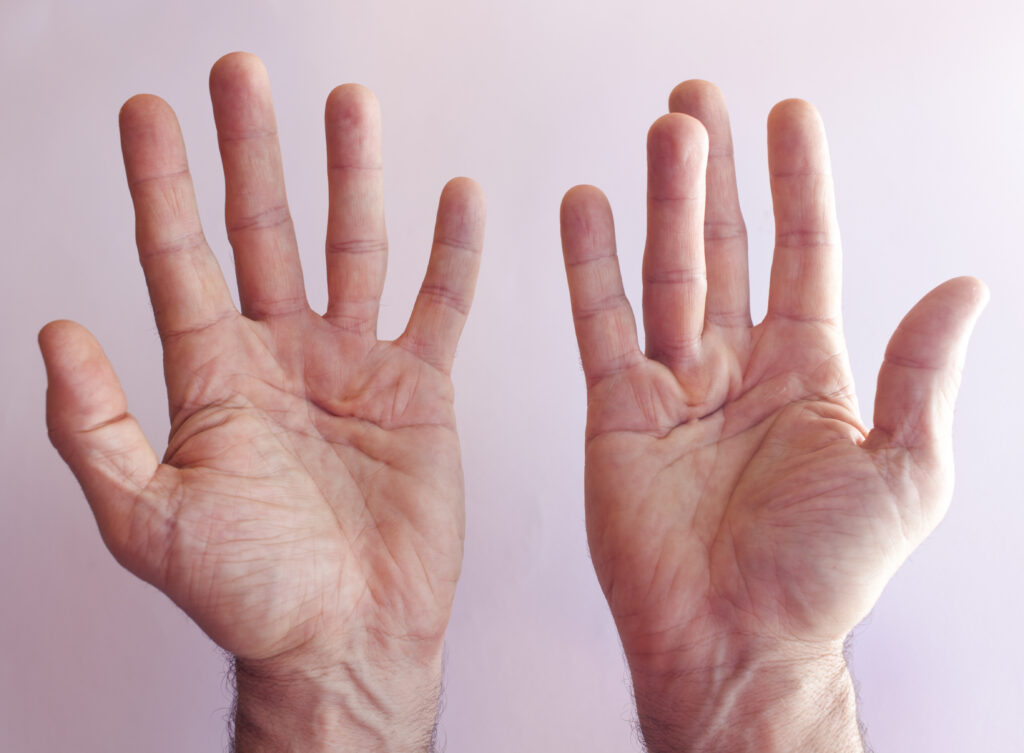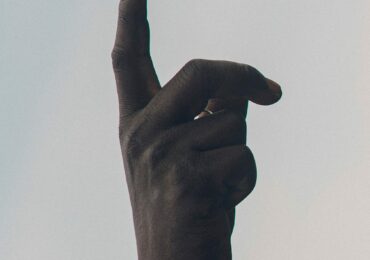Dupuytren’s contracture is a condition that results in abnormal thickening of the layer of tissue under the skin, known as fascia. Dupuytren’s contracture surgery is usually recommended in severe cases to straighten the affected fingers. Early stage Dupuytren’s contracture begins with skin thickening. The thickened area develops into a thick band or hard lump that may cause one or more fingers to bend towards the palm over time.
Dupuytren’s contracture has no known cure, but the condition is not usually life-threatening. Most people learn to live with the disease. However, treatment options are available that help slow down the progression of the disease. Keep reading to find out what happens during the procedure.
What to Expect During Dupuytren’s Contracture Surgery?
The surgery involves cutting out a fascia layer to help relax the fingers. It’s done under general anaesthesia and on an outpatient basis.
The surgeon begins by making an incision in the palm through which they will remove the thickened fascia using a specialised technique. The surgeon then closes the incision. The procedure results in a scar on the palm, which should fade over time.

What is Dupuytren’s Contracture Surgery Recovery Time?
Like many people, you are probably worried about Dupuytren’s contracture surgery recovery time and how that will affect your life as your recover. Since the procedure is done on an outpatient basis, you get to go home the same day. It will take about 6 weeks for your hand to heal.
If your job doesn’t require using your hands, you can return to work after 1 to 2 weeks. However, if your work requires repetitive hand or finger movements, lifting things or activities that put pressure on your hand, you will have to take 6 to 12 weeks off work to recover.
The first few weeks following the procedure require you to wear a splint. Your doctor may also suggest some special Dupuytren’s contracture exercises to restore flexibility and strength in your hand and fingers. Following the surgery, your hand and fingers will be swollen for a few days. There will also be pain which most people manage with pain medication.
You might experience some tingling and numbness that should improve in a few days. However, it may take several months for the pain and tingling to disappear. The most important part of Dupuytren’s contracture recovery is hand therapy.
You can work with an occupational therapist or physiotherapist and practice hand excises to restore flexibility in your fingers. Hand exercises also help prevent future problems. Most people need to go for hand therapy for a few months. You also must ensure that you wear your splint for 6 to 12 weeks.
After the surgery, most people notice an improvement in the flexibility of the fingers and continue getting better without any problems. However, there is always a chance of the fascia thickening and tightening again. In most cases, the recurrence is not usually severe enough to require another surgery.
What are the Possible Dupuytren’s Contracture Surgery Complications?
Since the surgery is extensive, the risk of complications also increases. Possible risks and complications include:
- Damage to the nerves and blood vessels supplying the fingertips
- Joint stiffness that you can resolve through hand therapy
- Skin splitting
- Infection
The risk of complications reduces when you choose an expert plastic surgeon to conduct the procedure.
Book a consultation at the Harley Clinic if you are experiencing symptoms that you think could be related to Dupuytren’s contracture.
Considering plastic surgery? Read our our ultimate guide on Plastic Surgery Statistics.













